Playing the “Tree Longevity” game
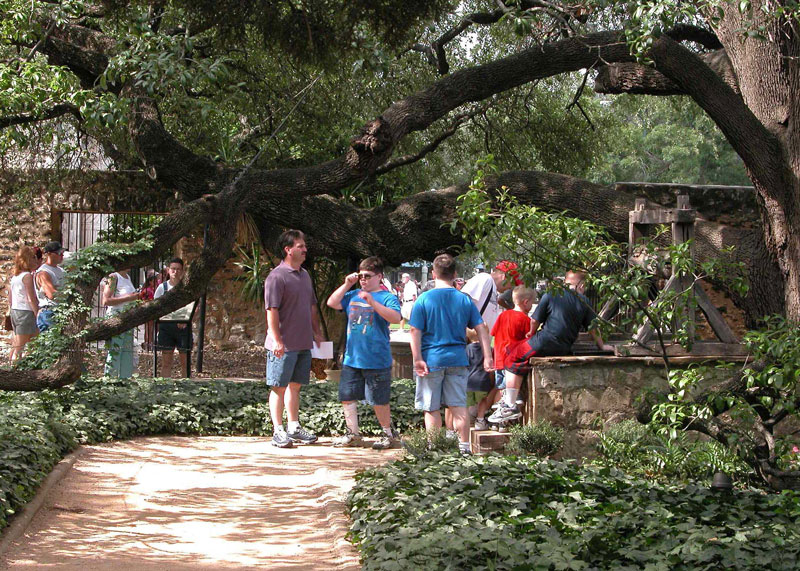
It’s so sad when a shade tree fails, taking with it the dreams of the gardener who planted it lo those seven years ago. All the hopes of a massive beauty to pass on to the grandkids – gone the way of borers or bacterial stem canker. Don’t you just hate it when that happens!
And did Neil just write “seven” years? A tree that only lived seven years? Could you possibly buy such a tree? Wouldn’t it be like buying fruit flies as pets?
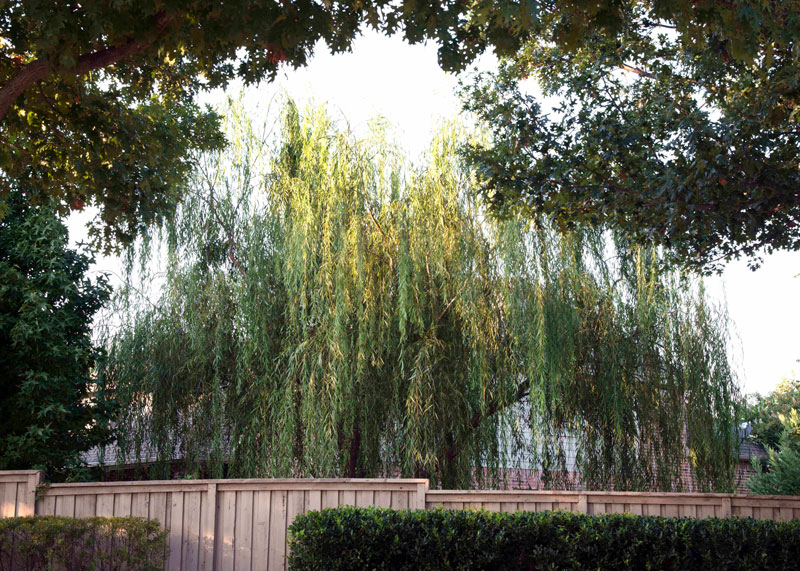
Indeed, there are trees that average less than 10 years of healthy contributions to our Texas landscapes, and you know them by name. Purpleleaf plum. Weeping willow. Oh, and globe willow and corkscrew willow while we’re at it. Arizona ash. Flowering peaches. If you can get 10 years out of those trees, you’re doing great.
Insects get most of these trees, specifically borers that go after them species by species. Peach tree borers get peaches and plums. Cottonwood borers kill cottonwoods and all kinds of willows. Several kinds of borers attack ash trees, most notably recently the Emerald ash borer.
Next up on our list we have the trees that average more like 15 to 30 years. They include ornamental pears (weak wood and broken branches), Leyland and Arizona cypresses, and Eldarica pines (Seiridium canker), mimosas, fruitless mulberries, American elms, Siberian elms, silver maples, and catalpas (various trunk insects and diseases).
You’ll see commercial landscapers using lacebark elms, sycamores, and red maples, but they’re prone to problems after 25 or 30 years, perhaps even less.
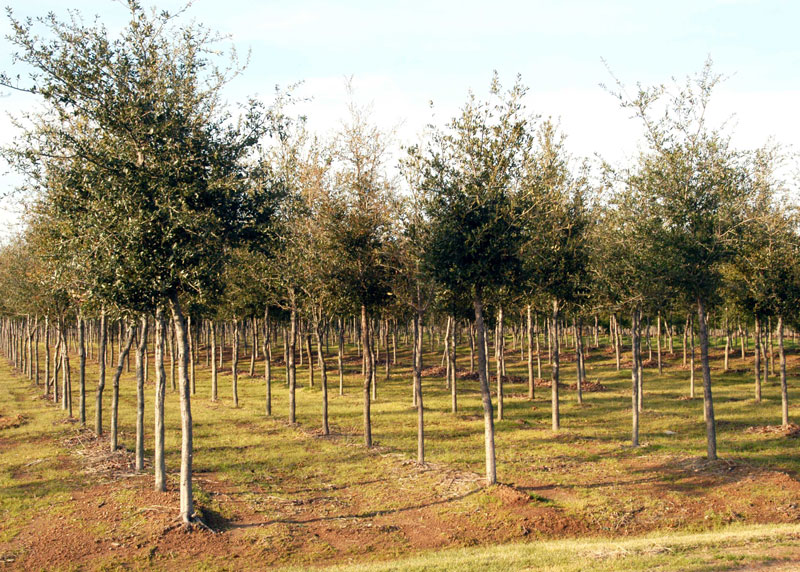
Trees that age gracefully…
Let me give you my own choices as the best long-lasting trees for Texas in general. Obviously, conditions will vary from one area to another. You’re always best off asking your local Texas Certified Nursery Professional for types that would be ideal for your needs.
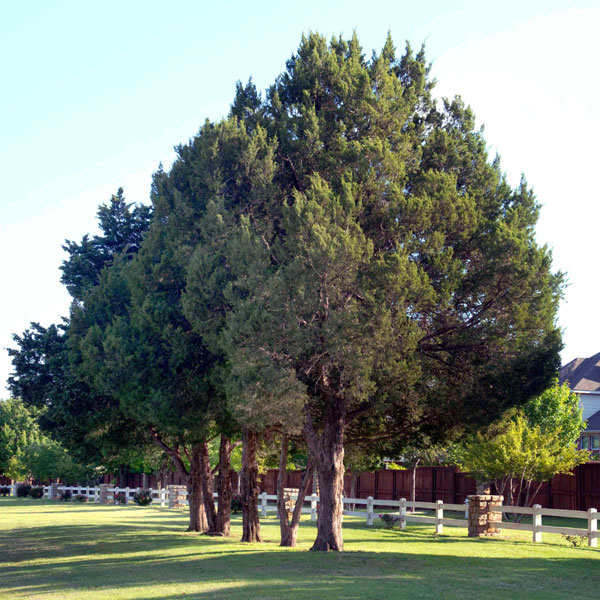
• Eastern redcedar. If you want an evergreen with staying power, this Texas native is your best choice. It makes a great privacy screen when planted on 18- or 20-ft. centers. We’ve seen cedar bark borers do damage this year to trees that have not been adequately watered, especially after the recent extreme winters, but well-maintained plants have had few, if any problems.
• Tree-form hollies and crape myrtles. If you train yaupon, Nellie R. Stevens or Warren’s Red possumhaw hollies to grow as trees (exposed trunks), they’ll make you great accent specimens for 75 to 100 years. You can do the same thing with taller varieties of crape myrtles.
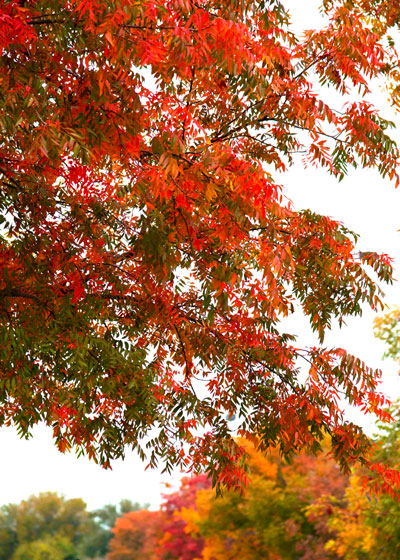
• Chinese pistachio. We haven’t had these imported plants yet for 100 years, but we’ve been using them for many decades and they’re still going strong. They’re great trees that add a lot to our landscapes.
• Cedar elm. You’ll find old natives growing in parks and on hillsides, and some of them have been around 100 years and longer. This is the best of all elms for our area.
• Southern magnolia. Life expectancy with this tree will depend on the soil you have for it. With deep soil and constant moisture, count on it to live well past 100, especially in East and Southeast Texas.
• Pecan. There are plenty of pecans that are known to be than 100 to 150 years old here in Texas. This is a durable and very large shade tree if you have room.
• Oaks. These are the super-stars of survival. Bur oaks, chinquapin oaks, and Shumard red oaks can live for 100 to 150 years, and live oaks are still punching their clocks 500 years later.
Fall is the best time of the entire year to be planting new shade trees, and now you have all the facts. Happy shopping!
